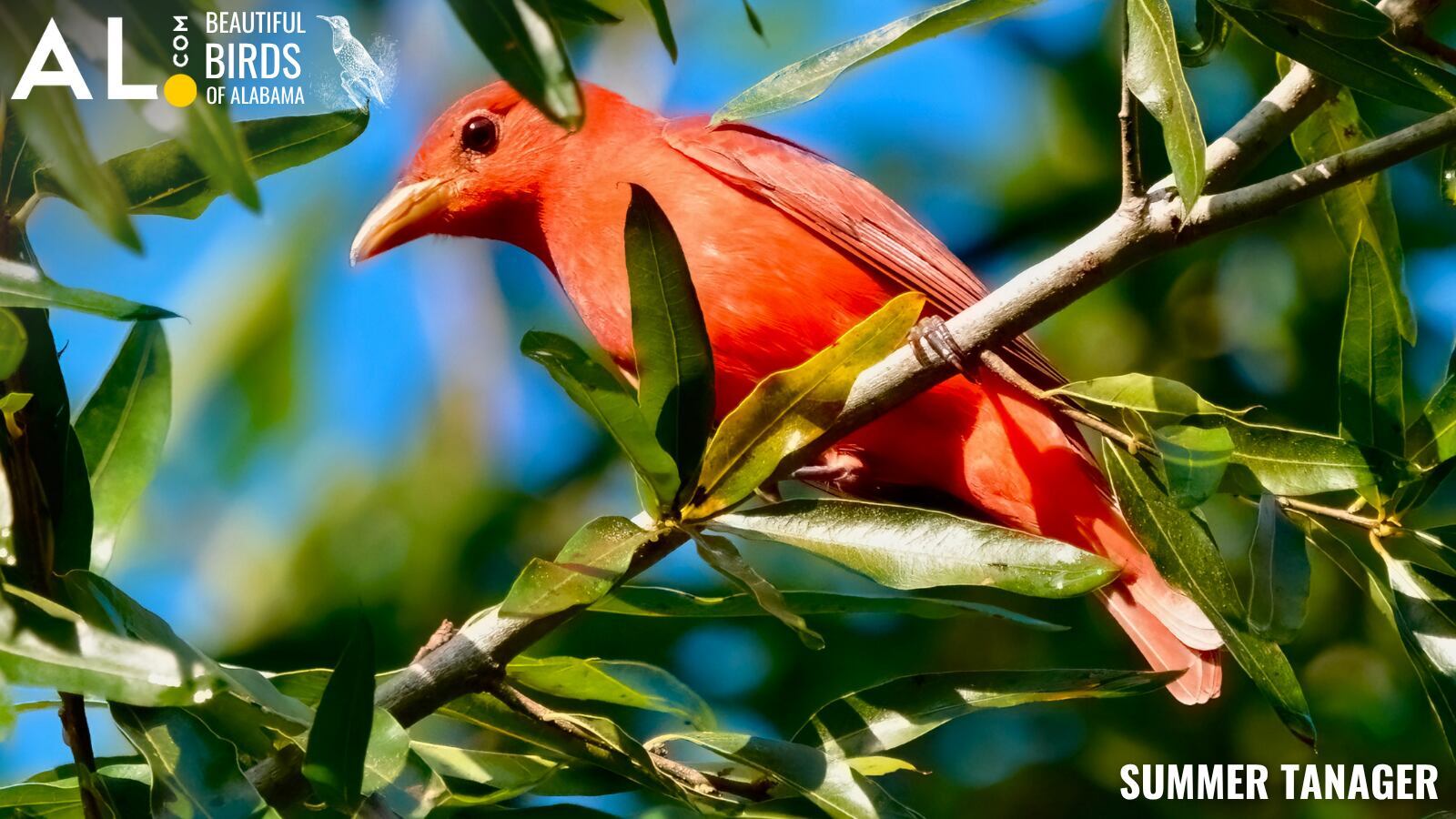The Surprising Guests in Your Chimney
If your home has a brick chimney, you might be hosting some unexpected visitors this summer. These are not just any birds—they are chimney swifts, and they bring more than just a bit of nature into your home.
Support kami, ada hadiah spesial untuk anda.
Klik di sini: https://otieu.com/4/9378733
Greg Harber, from Alabama Audubon, encourages homeowners to appreciate these tiny birds. “If it were me, I would say enjoy listening to them,” he said. “Nature is providing you with a nice insect and mosquito control mechanism.”
Chimney swifts, often called “flying cigars” or “cigars with wings,” are small birds, only about five inches long. They have short tails and blunt heads, and their gray bodies feature a white patch on the neck. These birds are common throughout Alabama and the eastern United States during the summer months.
Adapting to Urban Environments
In the past, chimney swifts used to nest in hollowed-out trees. However, as urbanization increased and such trees became less available, the birds adapted to using chimneys instead. Unlike most birds, chimney swifts can’t perch on branches or horizontal structures. Instead, they need something vertical to cling to.
During the summer, a pair of swifts will look for a suitable chimney to build their nest. They gather twigs and use their saliva as an adhesive to create a small shelf-like structure on the chimney wall. You might hear their chirping sounds, and if they’ve nested there, you’ll also hear the babies.
A Spectacular Migration
Chimney swifts migrate south for the winter, catching insects while flying. Their most impressive display happens during their fall migration, which can start as early as July. At sunset, flocks of swifts search for a place to roost for the night. When they find a suitable chimney, they begin to swarm around it in what Harber calls a “swift-nado.”
As the sun sets, the first swift descends into the chimney, followed by hundreds or even thousands of others. Within minutes, they all land inside to rest before continuing their journey. “They really are spectacular sights to see,” Harber said. “It’s the cheapest entertainment in Birmingham.”
Harber has seen the “swift-nado” near Legacy Arena and the BJCC in Birmingham. He suggests looking for chimneys at old school buildings to witness this natural phenomenon.
Wintering and Returning North
After migrating south, chimney swifts settle in the upper Amazon River Basin, spanning Brazil, Peru, and parts of Ecuador. According to the Audubon Society, they begin their return north in March. They are expected on the coast by mid-March and in Birmingham by early April.
Conservation Efforts Needed
Despite their adaptability, chimney swift populations are declining. As chimneys fall out of fashion, the birds lose critical habitat. Modern chimneys are often unsuitable, and many homeowners cap their old ones, further reducing available nesting sites.
Cornell University’s 2025 State of the Birds report indicates that chimney swifts are at an “orange alert tipping point.” The population has declined by 74% from 1966 to 2023, or approximately 2.3% per year over those 57 years.
Harber urges people to take action now to conserve the species while they are still relatively common. “If you see one of these spectacular ‘swift-nado’ formations, you might think, ‘There’s lots of them, there’s plenty of them, they’re not in danger,’” he said. “Now that we’re aware of this, we can take proactive steps to make sure our chimneys are kept open and available to them or we can put up chimney swift towers.”







